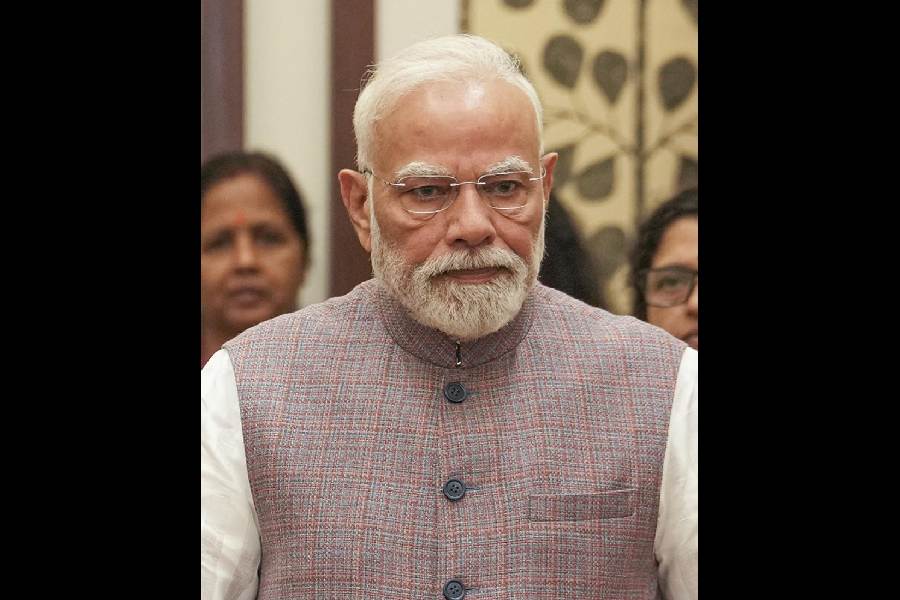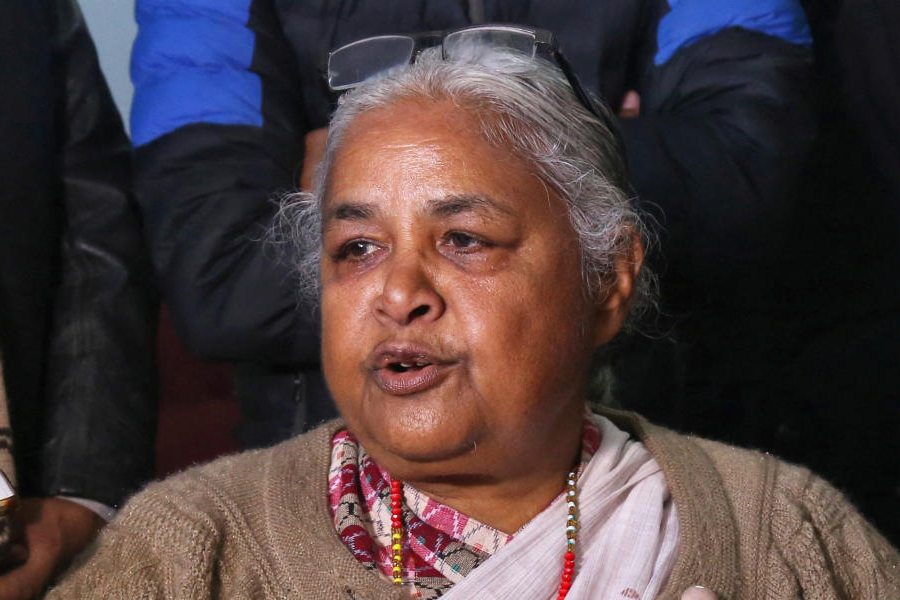 |
| INFORMED CONSENT: Patients have the right to know the details of the prescribed treatment. AFP |
Small things sometimes bring down great men. Take Napoleon Bonaparte, for example. The Battle of Waterloo was lost because Napoleon could not ride his horse well, suffering as he was from painful thrombosed piles — an unglamorous, lowly disease that often fells great men, American Presidents not excepted.
Save an occasional old dog, man is the only animal that suffers from piles, also known as hemorrhoids. Fifty per cent of men above 30 years of age suffer from the disease. Once thought to be just a collection of dilated veins arising from a person’s erect posture and chronic constipation, concepts have changed considerably.
Piles are present in all human beings; they are normal. Obviously then, they are there for a reason. All individuals have in their anal canals three protrusions called anal cushions (piles, in lay terms). These are helpful in the control of defecation — they keep the anus closed and grip the stools when they pass. In some people — whose rectal lining is lax and slides down, the cushions too swell and come out. This causes a tear in the stretched blood vessels, resulting in bleeding. The rectal lining that comes out of the anus (a condition known as mucosal prolapse) gets irritated and secretes mucus, causing the anus to be wet and itchy.
According to colorectal specialist Dr P.. Nystrom of Karolinska Hospital, Stockholm, the whole concept of piles has changed from it being a problem of abnormal anal blood vessels to a problem of excess rectal lining. Nystrom stresses that the surgeon should stop focusing on the piles and look at the sliding rectal lining that is the real problem, because “the piles are mere companions”.
Fixing the slide of rectal mucosa (a “pexy” operation or surgical fixing) does not result in wounds or pain. Not only is the sensitive skin around the anus spared of cuts and stitches but the whole procedure is done on the rectal mucosa, which has no pain sensation. In contrast, removing the piles (as in conventional surgery) frequently causes pain. So, a modern “anopexy” surgery results in less pain, a shorter hospitalisation period and quicker return to work. In addition, there are no dressing requirements, as the entire operation is done within the rectum.
In the 1990s, Antonio Longo of Milan invented, along with Ethicon Endosurgery (a division of the US giant, Johnson & Johnson), a stapling device that removed the excess rectal mucosa from inside the rectum, sealing the cut edges with rows of staples (tiny metal pins). This process was called Procedure for Prolapsed Hemorrhoids or PPH. Nystrom says, “The finding that conventional excision and anopexy (where the piles are not removed) are equally effective suggests that hemorrhoids themselves may be immaterial.”
The device has become hugely popular all around the world, with the company touting it as one of its most successful products. Though the product is expensive (Rs 15,000), around 300 staplers are sold in eastern India every year, say company representatives.
In addition to the well-established PPH stapler, various new procedures are coming up —
• Hemorrhoidal Arterial Ligation (HAL): In this, a Doppler (a form of ultrasound machine) locates the artery that feeds the piles and the area is stitched, causing shrinkage in the size and reduction in bleeding. Randomised studies have reported good results.
• Transanal Hemorrhoidal Dearterialisation (THD): This is another recent procedure from Italy that not only seals the arteries of the pile masses at the root but also uses stitches on the excess rectal lining to result in a pull-up of the entire pile mass. The absence of external wounds makes this another painless, patient-friendly procedure. The results seem to be promising, with trials underway.
• Botox (Botulinum Toxin) injection: The new wonder drug called Botox, a favourite of cosmetologists for treating wrinkles and deep creases, is useful in some cases of fissure and piles. The injection reduces the pain after operation, and it may be used in combination with any operation for piles. Botox is expensive and a shot can make one poorer by several thousand rupees, plus the cost of the procedure.
• Sutureless Hemorrhoidectomy: A radio-frequency machine (basically a computerised generator of graded electric current) called Ligasure is used to cut away the piles mass and seal the edges at the same time. The whole process is very fast and bloodless.
• With technology getting to the bottom of the problem, today’s piles patient can choose his weapon of healing along with his surgeon, something a defeated general once needed sorely!
Dr B. Ramana is a Calcutta-based advanced laparoscopic surgeon. He can be contacted at rambodoc@gmail.com










